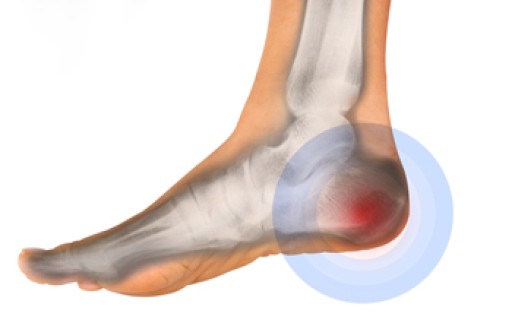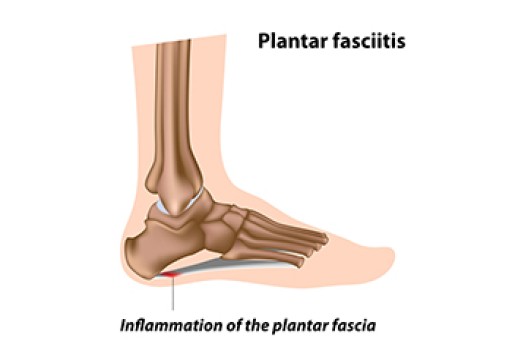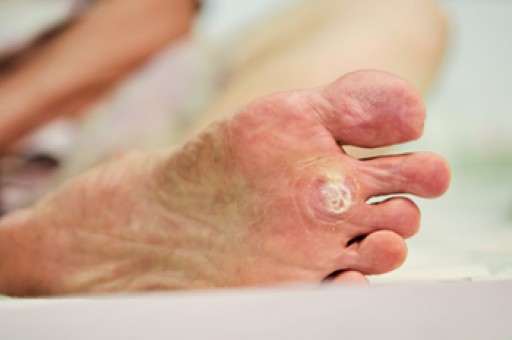
A common injury to the bones surrounding the ankle joint is a broken ankle. This is a complex joint because it is the point where three bones are joined. There are two bones above the joint that are called the tibia and the fibula, and below the joint is where the talus is located. When patients have a broken ankle, it is generally the tibia or fibula that becomes fractured. This type of break may be treated without surgery if the ankle joints remain stable. Symptoms that many people can experience with a broken ankle include swelling and bruising, and it is often difficult to walk. An X-ray is typically performed to provide an accurate diagnosis, and this is preceded by having the correct treatment begin. A cast or a boot is often recommended to provide accurate stability as the healing process occurs. If you have broken your ankle, please confer with a podiatrist who can guide you toward the correct treatment options.
Broken ankles need immediate treatment. If you are seeking treatment, contact one of our podiatrists from Foot Health Center of Merrimack Valley. Our doctors can provide the care you need to keep you pain-free and on your feet.
Broken Ankles
A broken ankle is experienced when a person fractures their tibia or fibula in the lower leg and ankle area. Both of these bones are attached at the bottom of the leg and combine to form what we know to be our ankle.
When a physician is referring to a break of the ankle, he or she is usually referring to a break in the area where the tibia and fibula are joined to create our ankle joint. Ankles are more prone to fractures because the ankle is an area that suffers a lot of pressure and stress. There are some obvious signs when a person experiences a fractured ankle, and the following symptoms may be present.
Symptoms of a Fractured Ankle
- Excessive pain when the area is touched or when any pressure is placed on the ankle
- Swelling around the area
- Bruising of the area
- Area appears to be deformed
If you suspect an ankle fracture, it is recommended to seek treatment as soon as possible. The sooner you have your podiatrist diagnose the fracture, the quicker you’ll be on the way towards recovery.
If you have any questions, please feel free to contact one of our offices located in North Andover, and Tewksbury, MA . We offer the newest diagnostic and treatment technologies for all your foot care needs.

















